Prolog Helper - Prolog Programming Aid
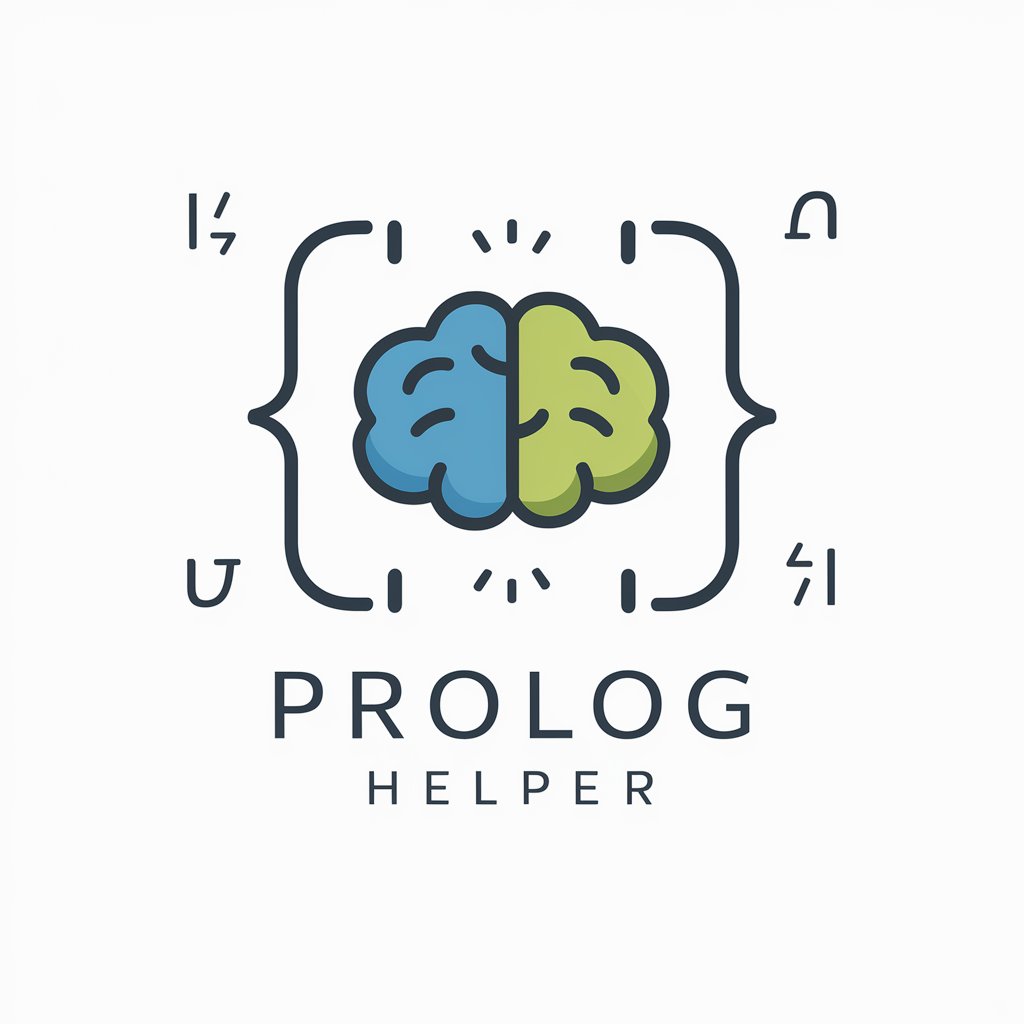
Welcome to Prolog Helper, your guide to mastering Prolog.
Empower your Prolog programming with AI.
Can you explain how to implement recursion in Prolog?
What are some common debugging techniques in Prolog?
How do you represent facts and rules in Prolog?
Can you provide an example of a Prolog predicate for solving a puzzle?
Get Embed Code
Introduction to Prolog Helper
Prolog Helper is a specialized GPT designed to assist users in navigating and mastering the Prolog programming language, a logic programming language associated with artificial intelligence and computational linguistics. It is tailored to provide comprehensive support in understanding Prolog's syntax, semantics, and unique features. Through detailed explanations, code examples, debugging tips, and best practices, Prolog Helper aims to facilitate learning and problem-solving in Prolog. An example scenario illustrating its use could be a student struggling with the concept of recursion in Prolog. Prolog Helper could provide a step-by-step explanation of how recursion works, accompanied by examples of recursive predicates, such as calculating the factorial of a number or generating Fibonacci sequences, thus making complex concepts more accessible. Powered by ChatGPT-4o。

Main Functions of Prolog Helper
Explanation of Prolog Concepts
Example
Explaining how backtracking works in Prolog with examples of searching algorithms.
Scenario
A user is confused about how Prolog finds solutions to queries. Prolog Helper explains the concept of backtracking, illustrating with a depth-first search example, highlighting how Prolog tries different paths until a solution is found or all possibilities are exhausted.
Code Examples and Snippets
Example
Providing a snippet for a Prolog predicate that checks if an element is a member of a list.
Scenario
When a user needs to understand list manipulation in Prolog, Prolog Helper offers a code snippet demonstrating the 'member' predicate, helping the user grasp how to perform basic list operations.
Debugging Tips and Best Practices
Example
Tips on using the trace facility in SWI-Prolog for debugging complex predicates.
Scenario
A developer is struggling with a bug in their Prolog code. Prolog Helper suggests enabling the trace facility to step through the execution of predicates, identifying where the logic deviates from expectations.
Real-World Application Guidance
Example
Guidance on implementing a Prolog-based expert system for medical diagnosis.
Scenario
A software engineer aims to develop an expert system. Prolog Helper provides insights into structuring the knowledge base in Prolog, designing rules for inference, and interfacing with external databases or APIs for dynamic data access.
Ideal Users of Prolog Helper Services
Students and Educators
Students learning Prolog in computer science courses and educators teaching logic programming find Prolog Helper invaluable for clarifying concepts, providing educational resources, and enriching the learning experience with practical examples.
Software Developers
Developers using Prolog for AI, data mining, and expert systems benefit from Prolog Helper's debugging tips, code optimization strategies, and advice on applying Prolog in various domains.
Research Scientists
Individuals engaged in research requiring logic-based modeling, such as computational linguistics, artificial intelligence, and knowledge representation, will find Prolog Helper's advanced topics and real-world application guidance particularly useful.

How to Use Prolog Helper
Start Your Journey
Visit yeschat.ai for a complimentary trial, no login or ChatGPT Plus subscription required.
Identify Your Need
Determine the specific Prolog problem you need assistance with, such as debugging, learning syntax, or solving logical puzzles.
Engage with Prolog Helper
Directly ask your question or describe the problem you're encountering. Be as specific as possible to get the most accurate assistance.
Apply the Guidance
Use the provided explanations, code examples, and best practices to work on your Prolog tasks or projects.
Iterate and Learn
Don't hesitate to ask follow-up questions or seek further clarification to deepen your understanding of Prolog.
Try other advanced and practical GPTs
Coder Genie
Empowering Your Coding Journey with AI

Assistant Coder 🔥 Build Autonomous AI Assistants
Empower your projects with AI assistance.
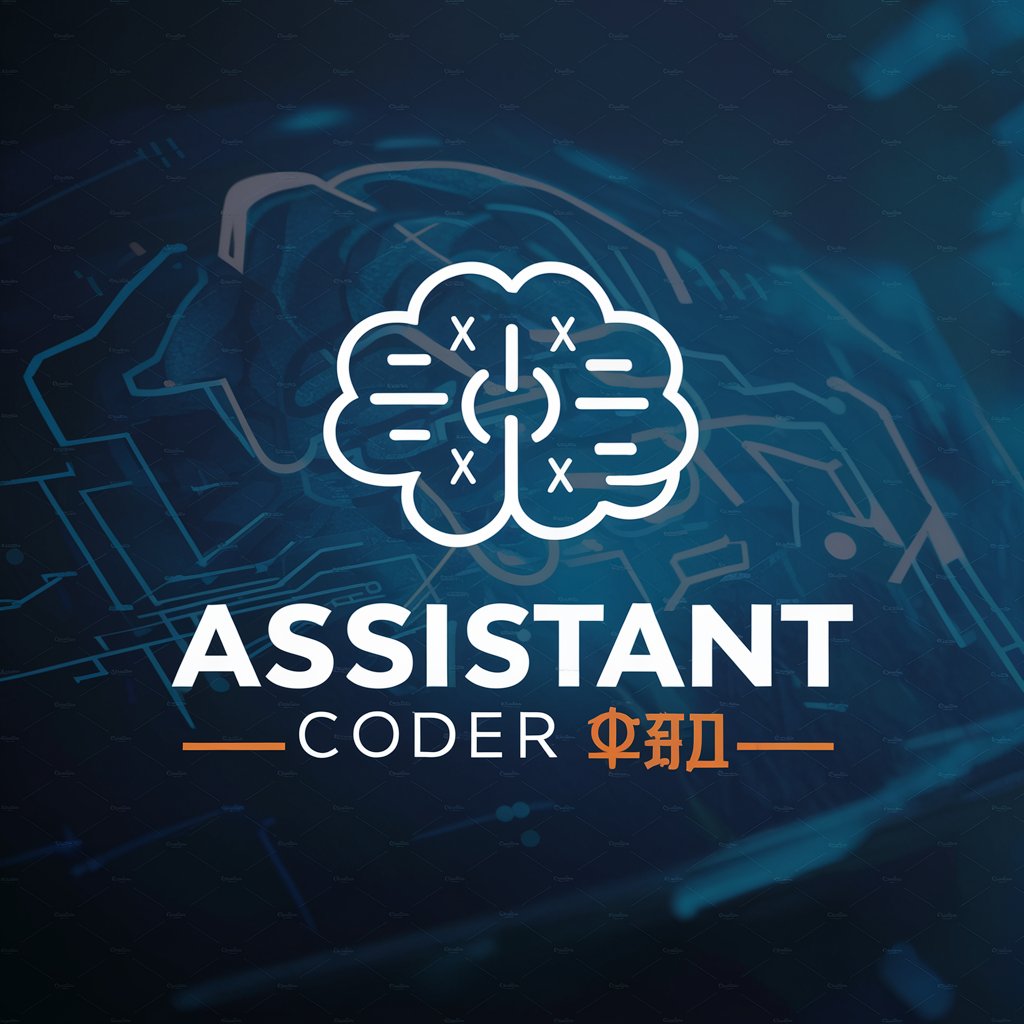
code helper
Empowering your coding journey with AI
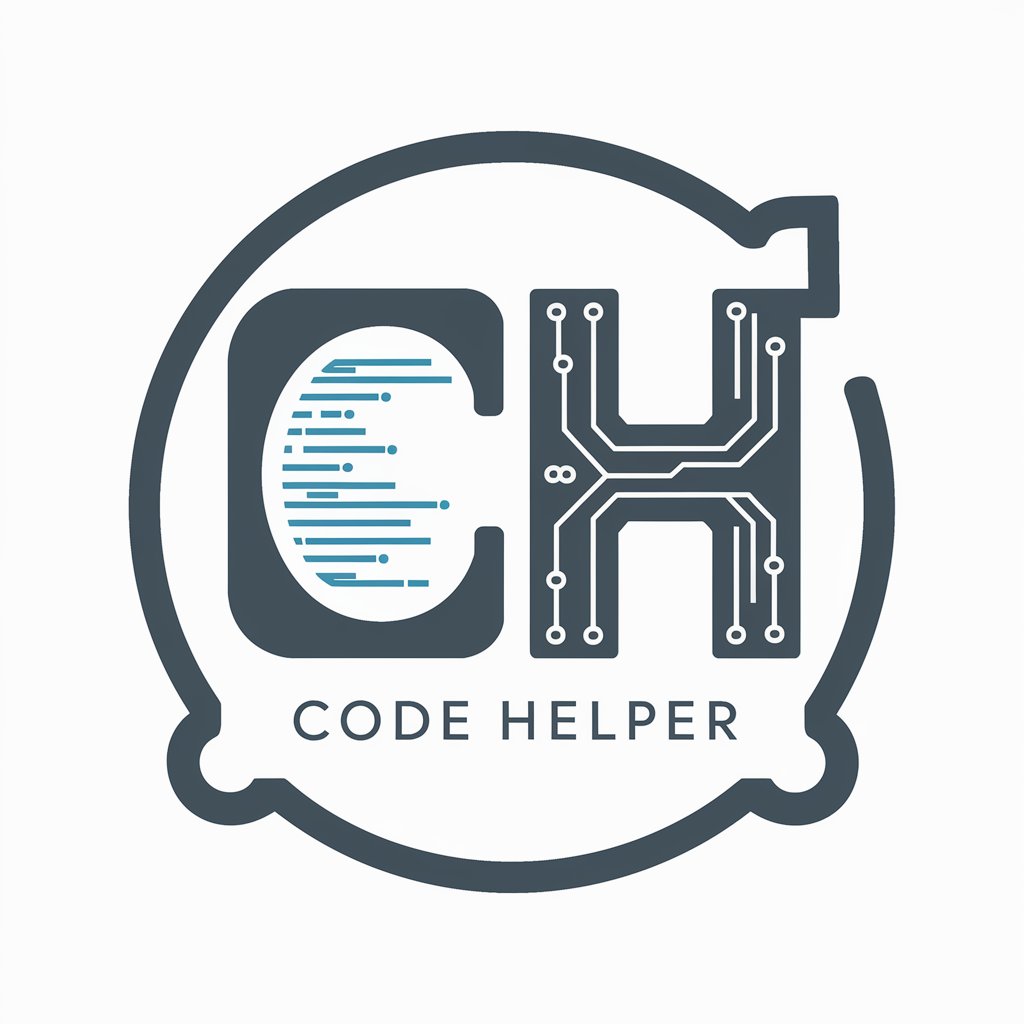
DikoWebdev Copilot
Elevate Your Code with AI

Swift Missy
AI-powered Swift development companion
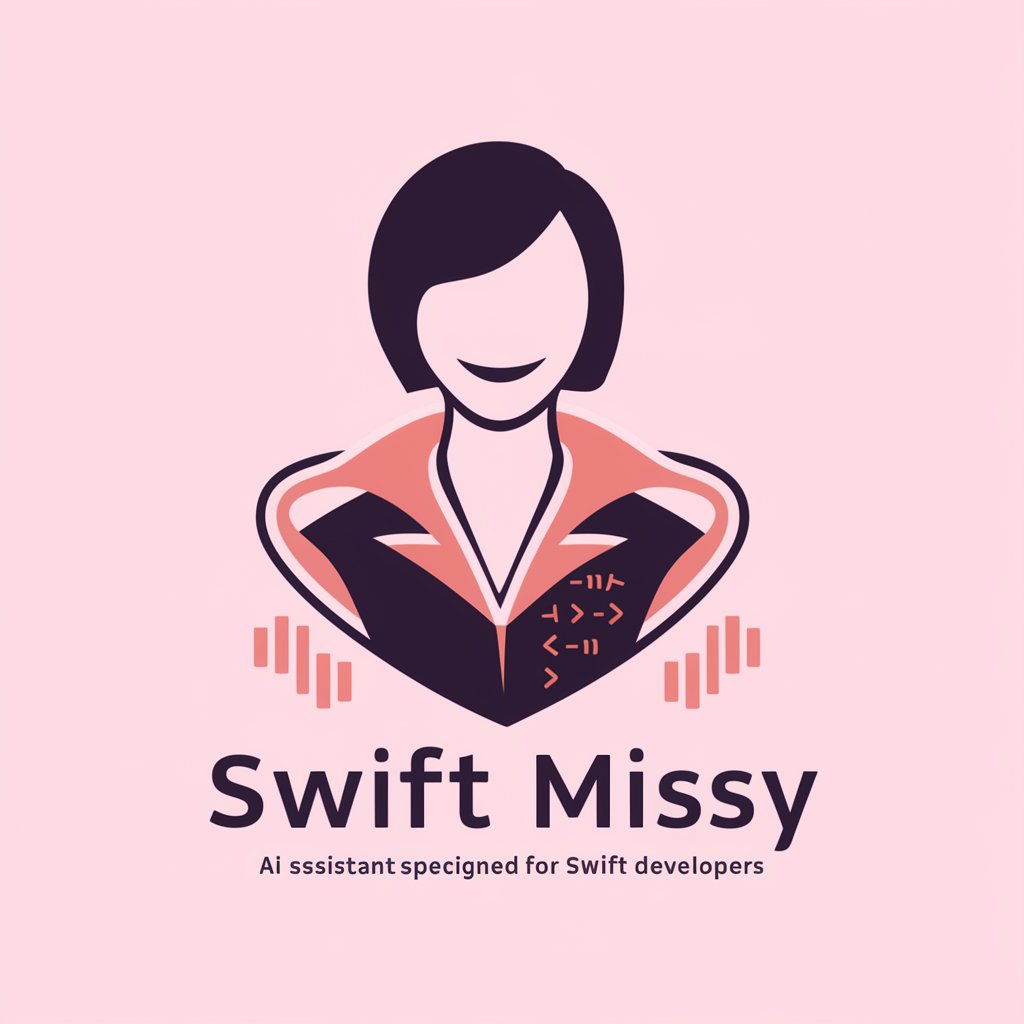
UE5 C++ Assist
Streamline Your UE5 Development with AI-Powered C++ Expertise

DevGPT
Empowering developers with AI-driven coding support.
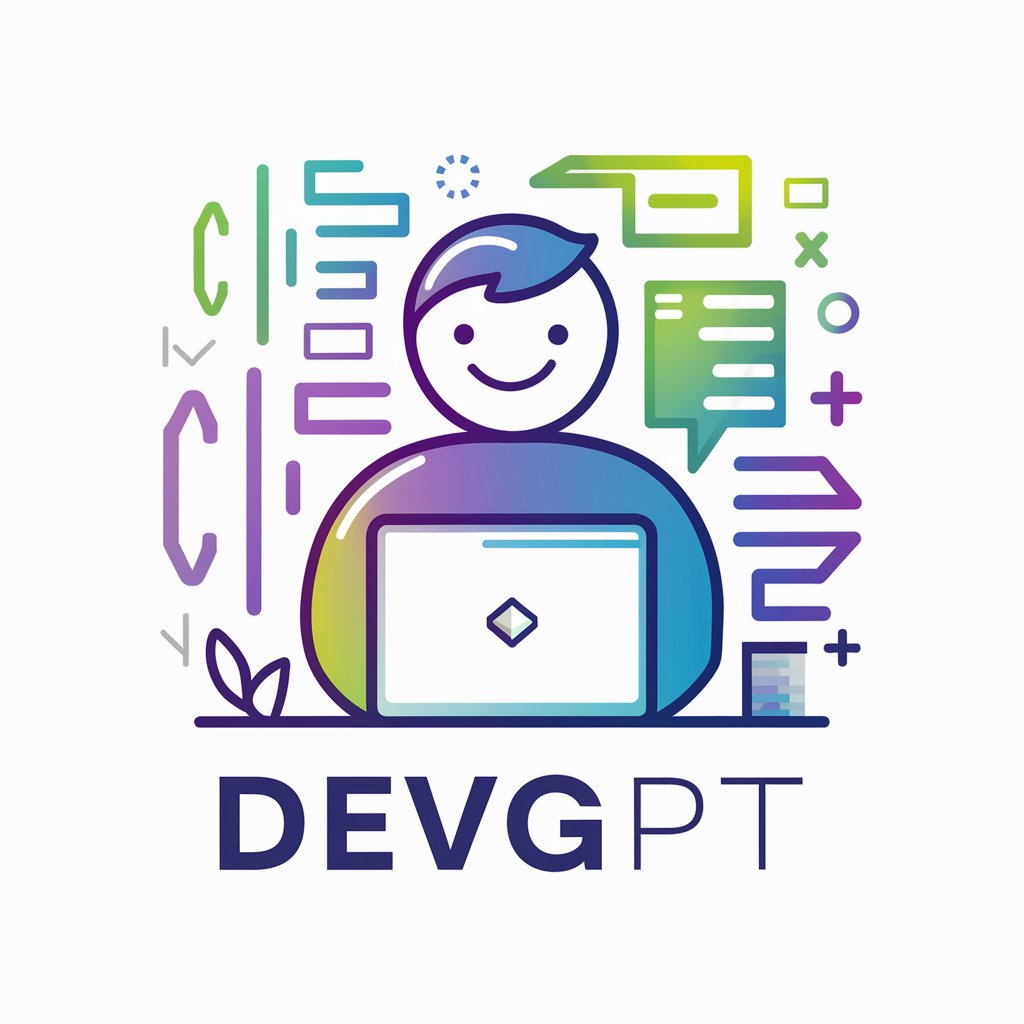
King June
Elevate Your TradingView Scripts with AI

Web Article Translator
Translate articles accurately, retaining original format.

Septic
AI-powered septic system insights.

Photomath
Solve math problems with AI precision
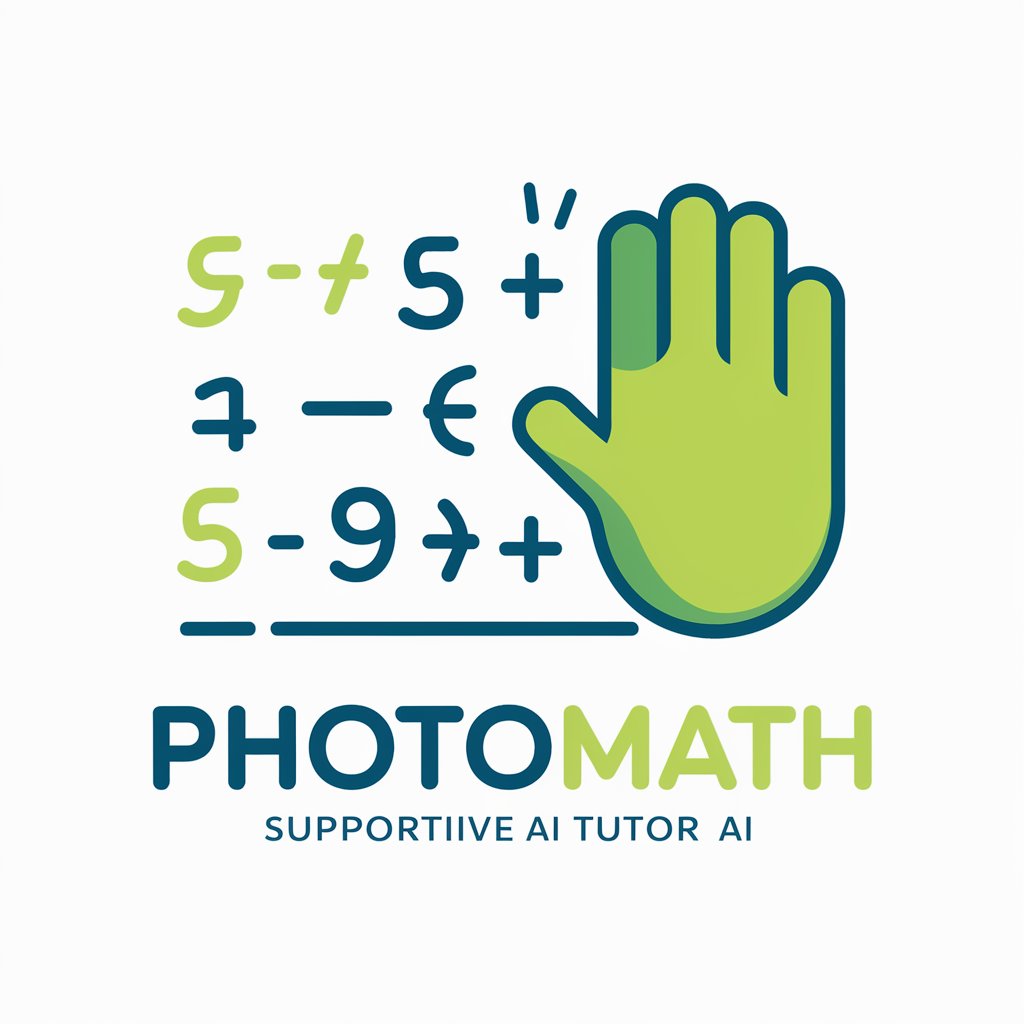
Amelia
Empower your insights with AI.

Frequently Asked Questions about Prolog Helper
What kind of Prolog problems can Prolog Helper assist with?
Prolog Helper can assist with a wide range of Prolog-related queries, from basic syntax and logic programming concepts to advanced debugging and problem-solving strategies.
Can Prolog Helper provide code examples?
Yes, Prolog Helper can provide detailed code examples to illustrate solutions to problems or to demonstrate Prolog programming techniques.
Is Prolog Helper suitable for beginners?
Absolutely, Prolog Helper is designed to support users at all levels, including beginners. It can help newcomers grasp fundamental concepts and assist with writing their first Prolog programs.
How can Prolog Helper aid in debugging Prolog code?
Prolog Helper can offer debugging tips, such as identifying common errors, suggesting how to interpret Prolog's error messages, and providing strategies for tracing and fixing issues in your code.
Can I use Prolog Helper for academic projects?
Yes, Prolog Helper is an excellent resource for students working on academic projects. It can provide explanations, examples, and guidance on using Prolog for assignments or research.
